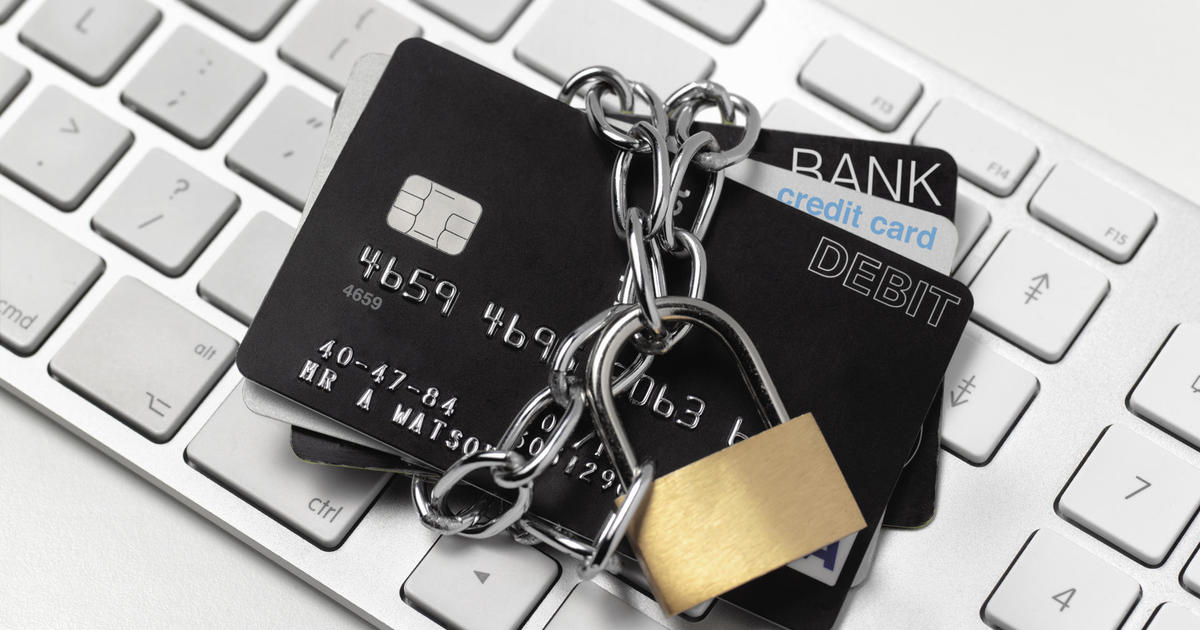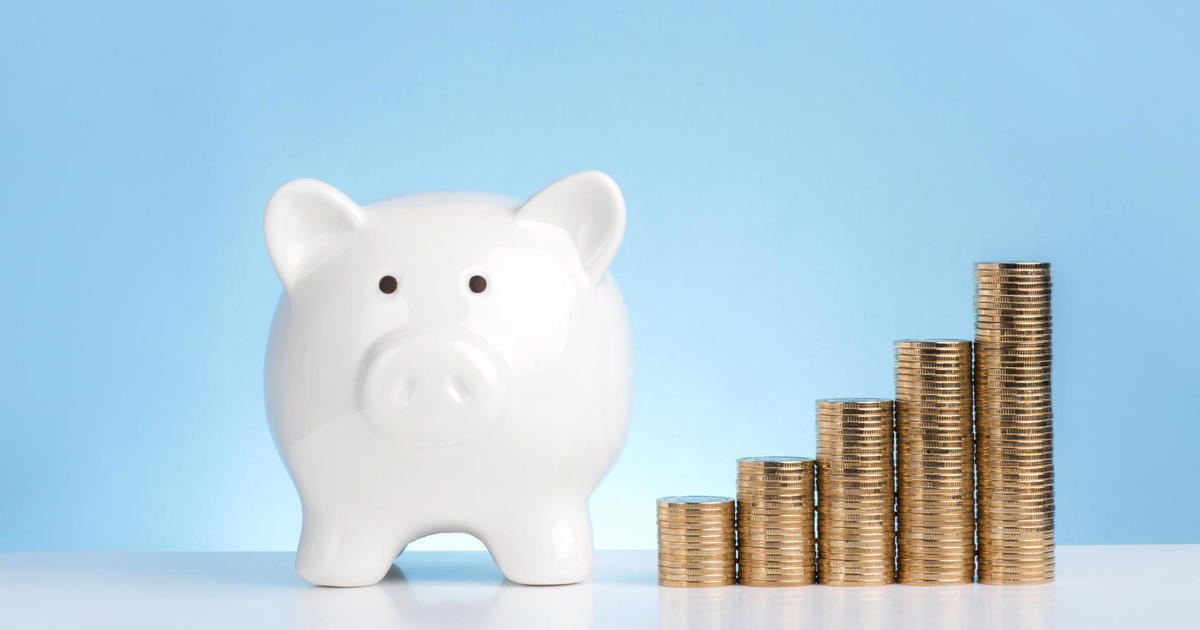U.S. economy slowed amid headwinds from COVID-19 and supply-chain woes
Hampered by rising COVID-19 cases and persistent supply shortages, the U.S. economy slowed to a weaker-than-expected 2% annual rate in the July-September period. That marks the weakest quarterly growth since the recovery from the pandemic recession began last year.
Thursday's report from the Commerce Department estimated that the nation's gross domestic product — its total output of goods and services — declined sharply from the 6%-plus annual growth rates of each of the previous two quarters.
Rising prices, especially for gasoline, food, rent and other staples, are imposing a burden on American consumers and eroding the benefits of higher wages. Consumers and businesses are also contending with supply-chain disruptions, which are impacting everything from household appliances to toys. And COVID cases surged in the third quarter, particularly among unvaccinated Americans.
"Overall, this is a big disappointment given that the consensus expectation at the start of the quarter in July was for a 7.0% gain and even our own bearish 3.5% forecast proved to be too optimistic," said Paul Ashworth, chief U.S. economist at Capital Economics, in a research note.
He added, "The Delta wave of infections, the waning fiscal stimulus and shortages, particularly of motor vehicles, triggered a marked slowdown in consumption growth."
Labor market healing
Even so, there are signs of continuing improvement in the labor market. Claims for first-time jobless aid, a proxy for layoffs, hit another pandemic-era low on Thursday.
Some 281,000 people filed initial unemployment claims, the Labor Department said — the lowest weekly figure since mid-March 2020 and within spitting distance of a typical pre-pandemic levels of below 250,000.
The tight job market means businesses are trying harder to hold on to their existing workers."[W]ith many employers clutching as tightly to employees as Scrooge did to farthings, we may even see layoffs go below pre-pandemic levels before too long," Robert Frick, corporate economist at Navy Federal Credit Union, said in a note.
Inflation threat
Inflation has emerged as a threat to the economic recovery and a key concern for the Federal Reserve as it prepares to start withdrawing the emergency aid it provided to the economy after the recession struck last year.
The "economy remains very volatile as we battle a global supply-chain crisis, increasing inflation and a sluggish labor market," Steve Rick, chief economist at CUNA Mutual Group, said in a report. "Both the supply-chain crisis and ongoing pandemic have shrunk GDP growth rates around the globe."
But now, with confirmed COVID cases declining, vaccination rates rising and more Americans venturing out to spend money, many economists think GDP is bouncing back to a rate of 6% or even better in the current fourth quarter.
Airlines have reported growing passenger traffic, businesses are spending more on equipment and wages are increasing as employers struggle to draw more people back into the job market. A resurgence of consumer spending could help energize the economy as the year nears a close.



